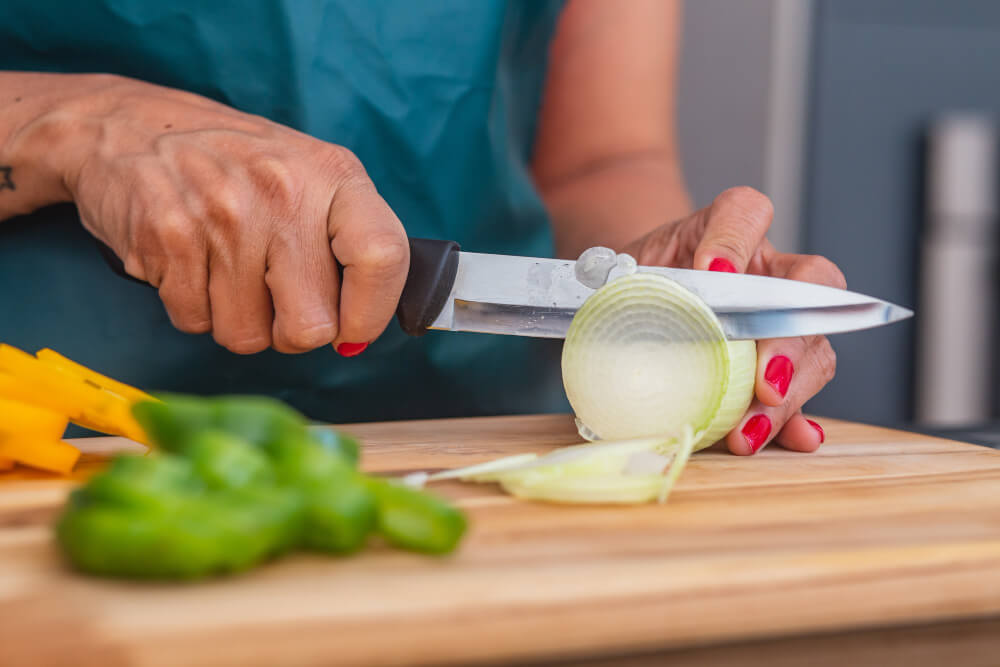Boiling is the process of transferring heat into food by immersing it in liquid which has reached it’s boiling point and is bubbling rapidly. The most common liquids used for boiling are water based which have a boiling point of approximately 212°F or 100°C at sea level.
This technique is most commonly used when cooking starches and vegetables as the vigorous agitation will damage less robust foods and tends to make proteins tough.
Boiling water is a relatively simple procedure but it does pay to remember that the steam escaping from an uncovered pot contains a lot of energy so if you keep a pot covered and prevent the steam escaping you will have to put less energy in to from whatever heatsource you are using to make the water boil.
It is worth noting that water will boil at the same temperate regardless of how much energy you add to it so turning up the flame and putting the lid on the pot may bring it to the boil more quickly but it will not make it boil at a higher temperature. Atmospheric pressure on the other hand does influence the boiling point of a liquid with increased pressure ( e.g. using a pressure cooker ) increasing boiling point temperature and reduced pressure ( e.g. cooking at high altitude ) reducing it.

The following guidance applies when boiling food:
- Generally avoid boiling meats & fish it will make it tough if not careful.
- Avoid boiling delicate foods as it is likely to damage their structure.
- Leaving the lid on a pot whilst heating will help a fluid come to the boil quicker and will require less energy to maintain a boil.
- Adding more energy ( e.g. turning the flame up ) will not make a fluid boil at a higher temperature it is just a waste of energy.
- Use a pressure cooker if you want to increase boiling temperature and reduce cooking time.
- Increase cooking time when boiling food at high altitude to account for reduced boiling temperature (refer to point 4).




